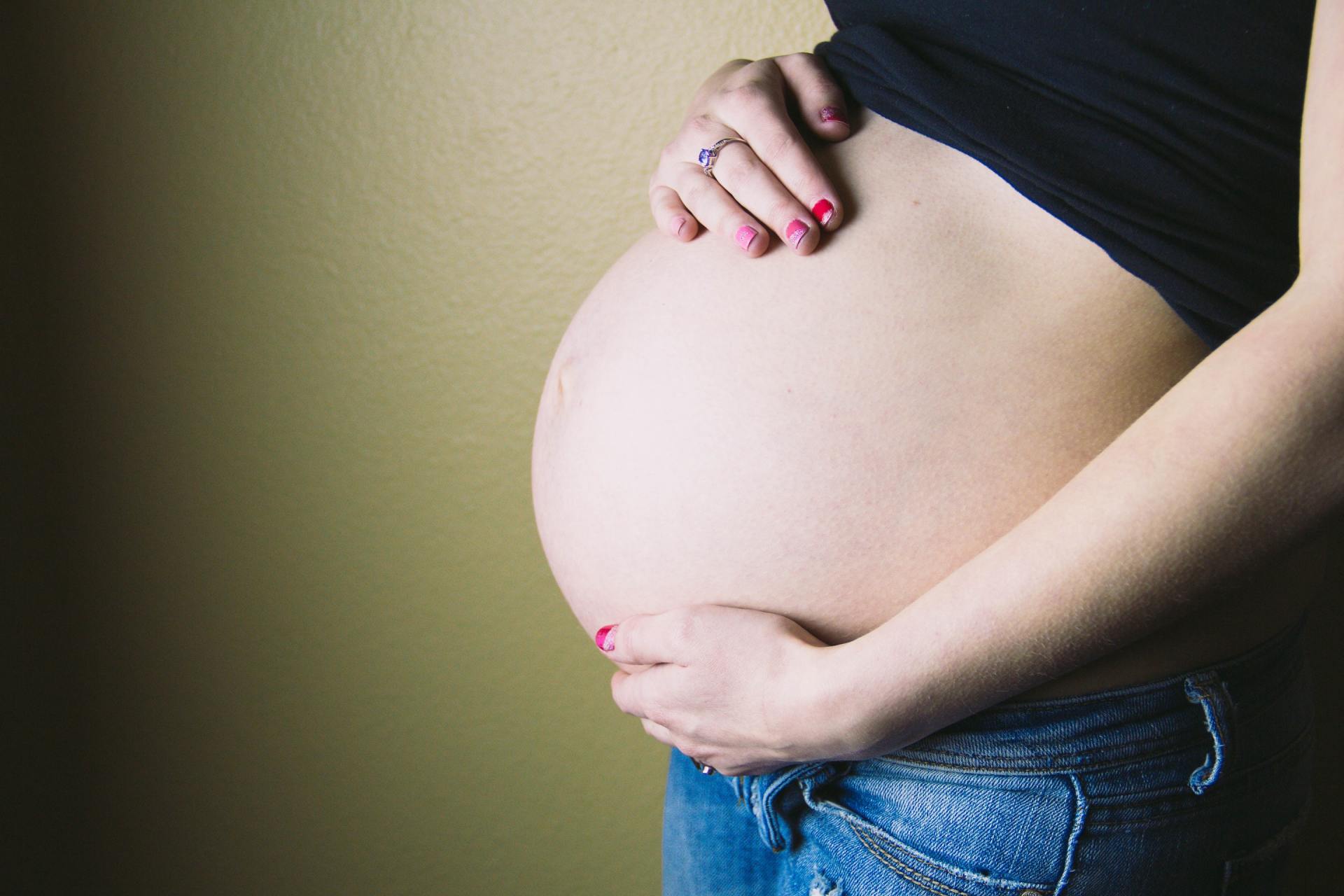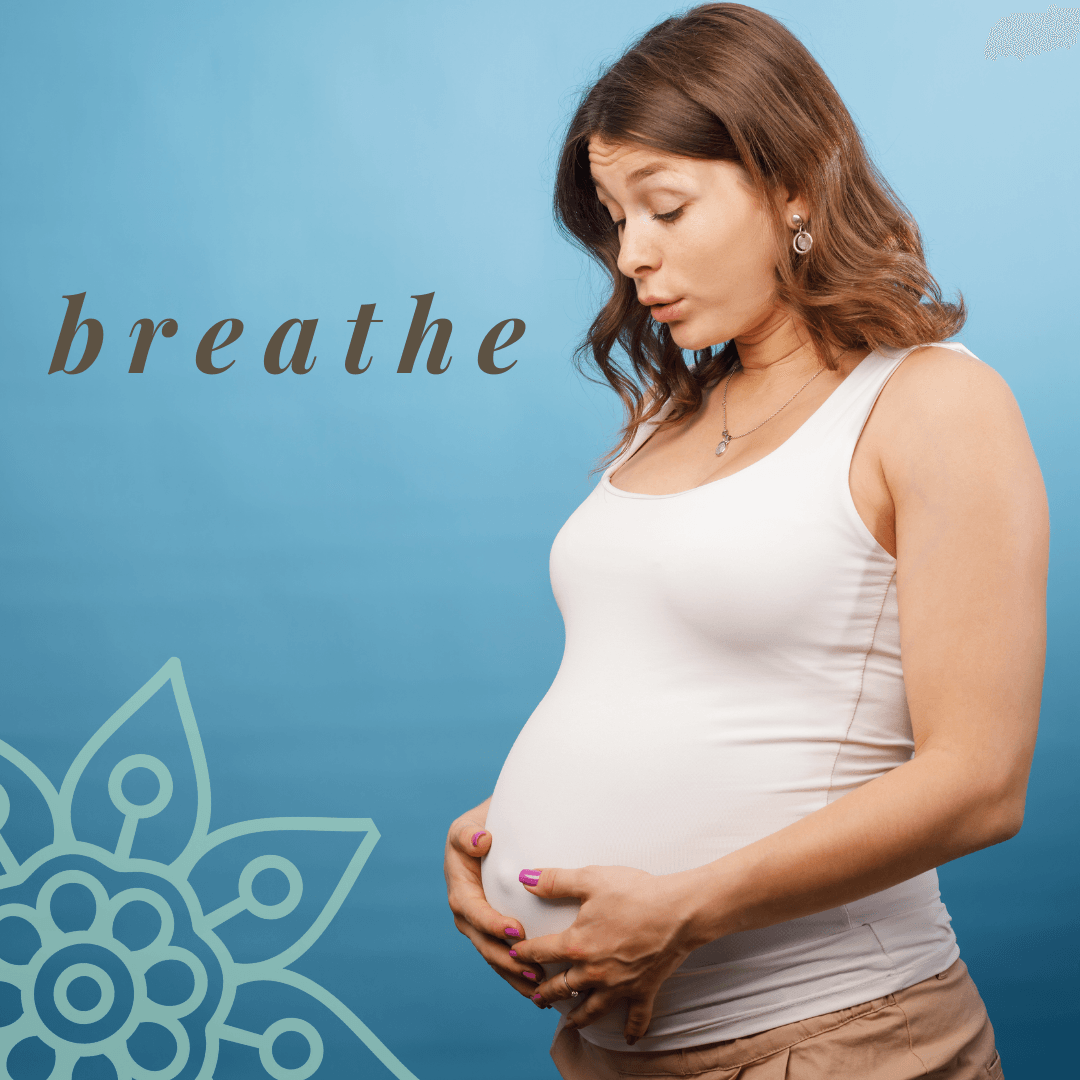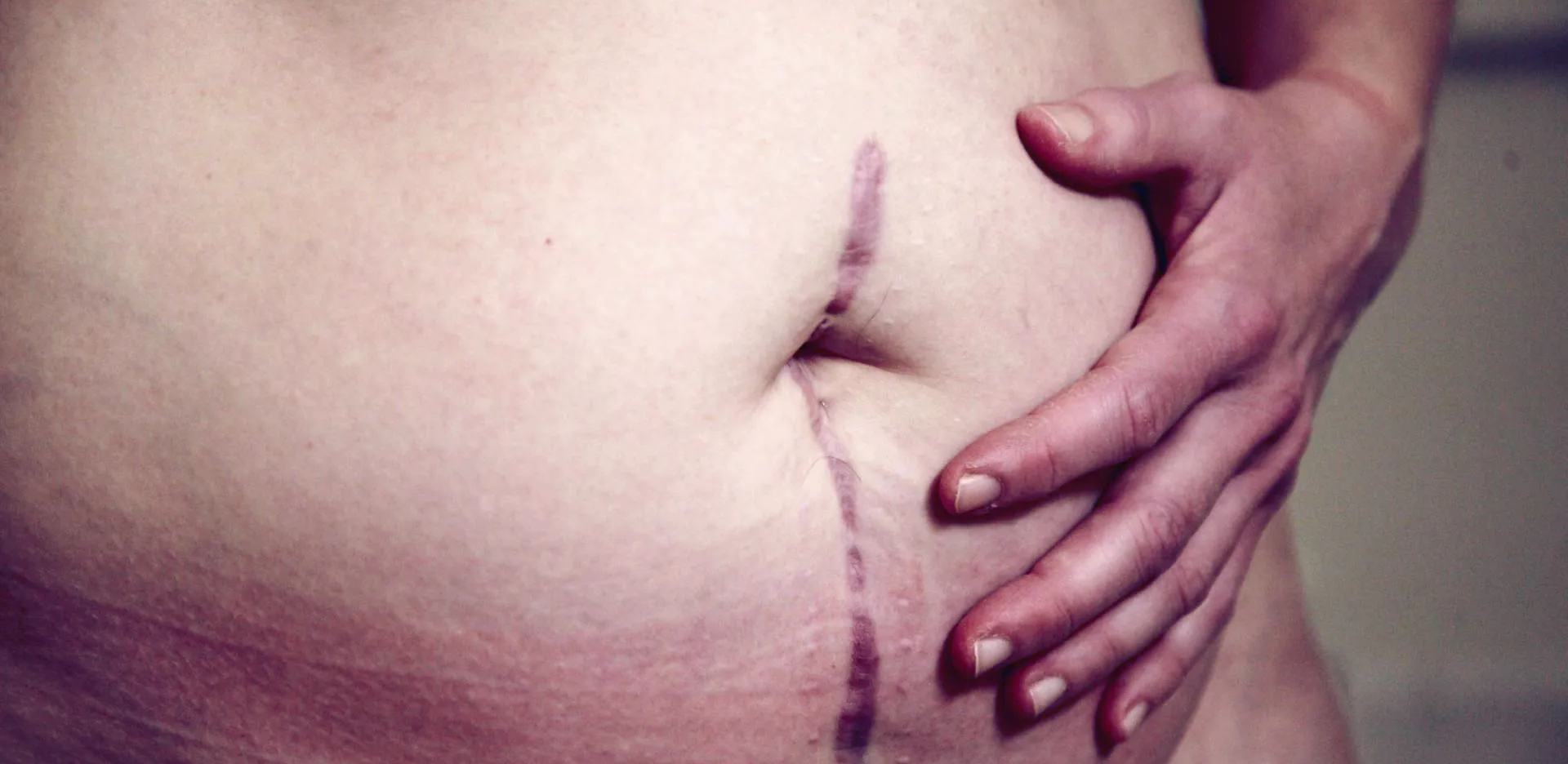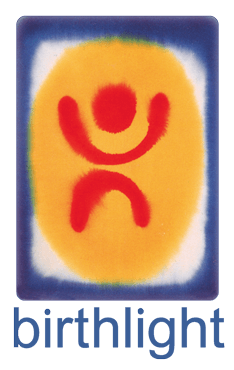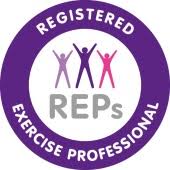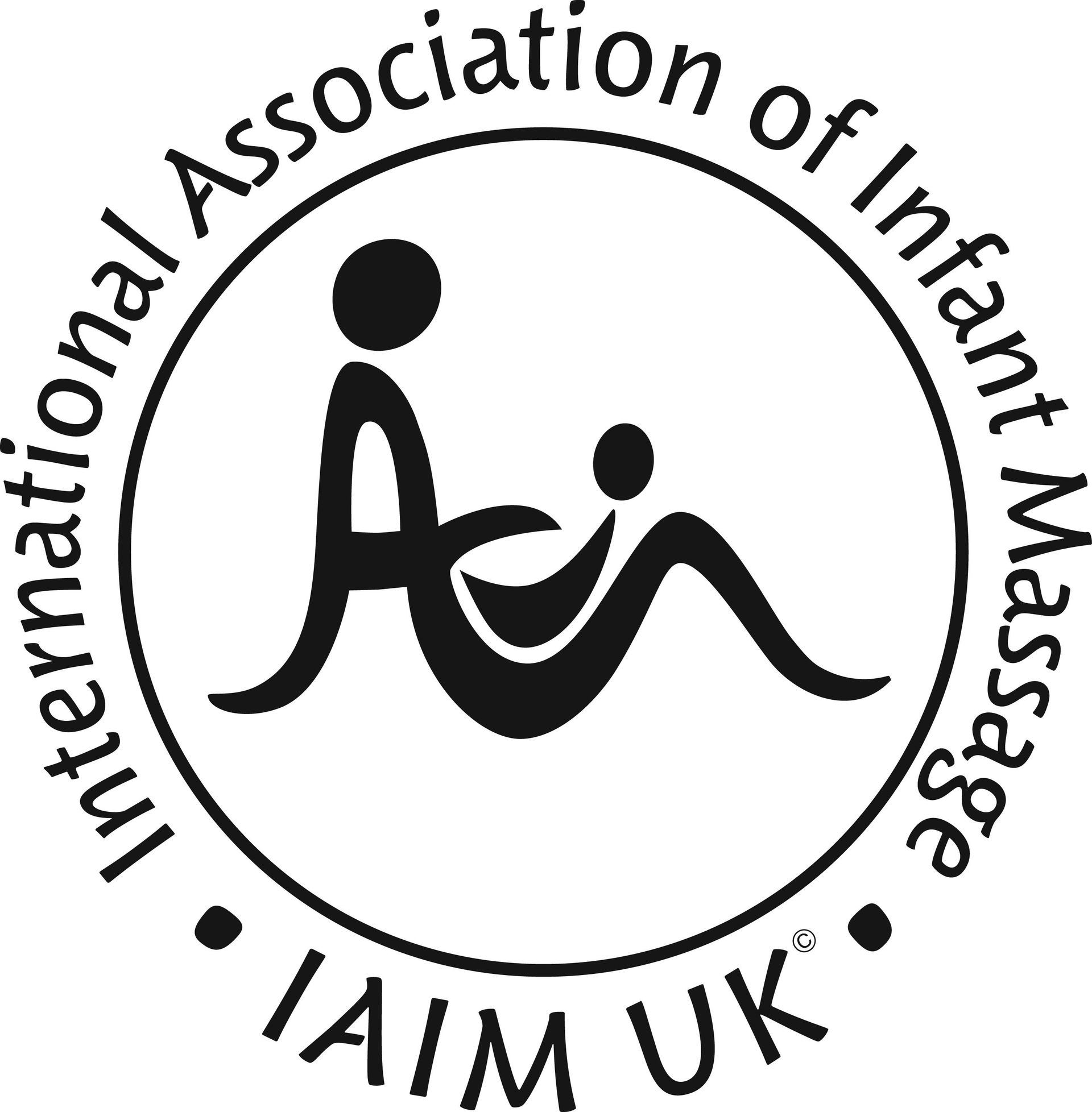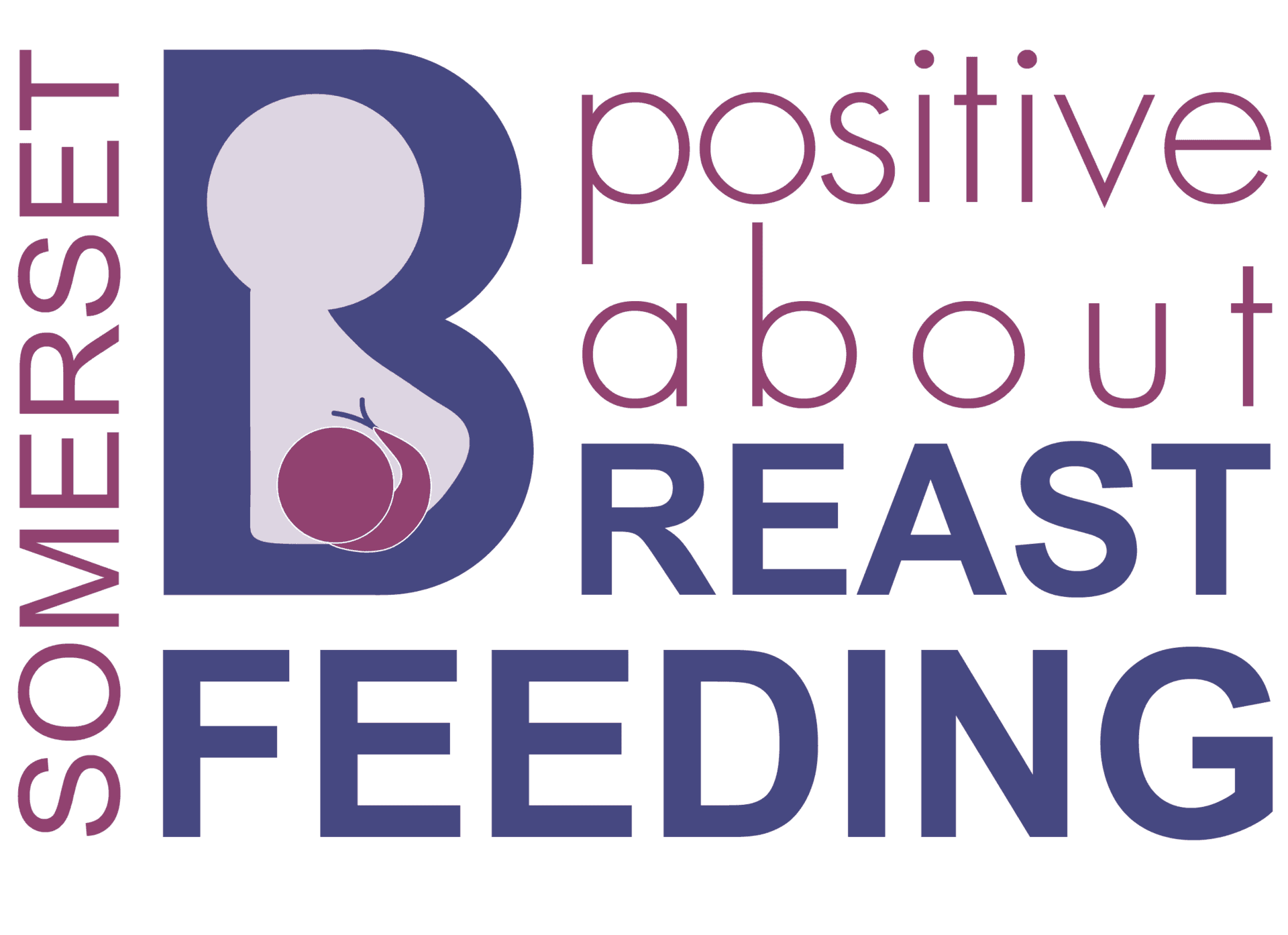What is Colic, How is it Diagnosed, and What Can Help to Sooth Your Baby?
Until recently, the standard diagnostic criteria for colic was the ‘rule of three’: crying for more than three hours per day, more than three days a week for longer than three weeks.
The latest diagnostic criteria (Rome IV) has shifted focus from an arbitrary amount of crying to the excessive and inconsolable nature of the crying. Parents typically report crying episodes tend to occur in the late afternoon or evening and last several hours.
Other features of colic include:
• Redness of the face
• Clenched fists
• Arched back
The reasons for colic are poorly understood, but several physiological and psychosocial theories have been suggested.
Physiological possibilities include:
• Abnormal bile acid levels and composition, impairing the absorption of fat and other nutrients
• Alterations in the gut microbiome
• Immature gut motility Intolerance to cow’s milk protein or lactose
• A recent study of 55 infants found a link between melatonin (a hormone that supports sleep) circadian rhythms (sleep cycle) and infant colic. Melatonin circadian rhythms begin around the third month of life, typically the same time that colic symptoms start to decrease. However, this was a small study and further research is needed to understand the hormone’s role in colic
Psycho social possibilities may include:
• Mis-reading of baby’s cues /reasons for crying
• Stresses within the household
• Over stimulation
• Inadequate interactions
It has also been suggested that colic may be a normal developmental phenomenon, reflecting part of the normal distribution of infant crying.
Soothing Techniques May Help
It may be possible to reduce crying by trying different soothing methods - some babies respond better to some techniques than others. Parents may find the following helpful:
• Holding the baby during a crying episode
• Wearing baby in a sling
• Gentle motion, such as rocking, pushing them in a pram or going for a drive
• Background noise, such as the vacuum cleaner or washing machine
• White noise
• A warm bath
• Reducing stimulation
• Baby Massage *Find Download Below*
*Information obtained from The Health Professional Academy CPD Training*

